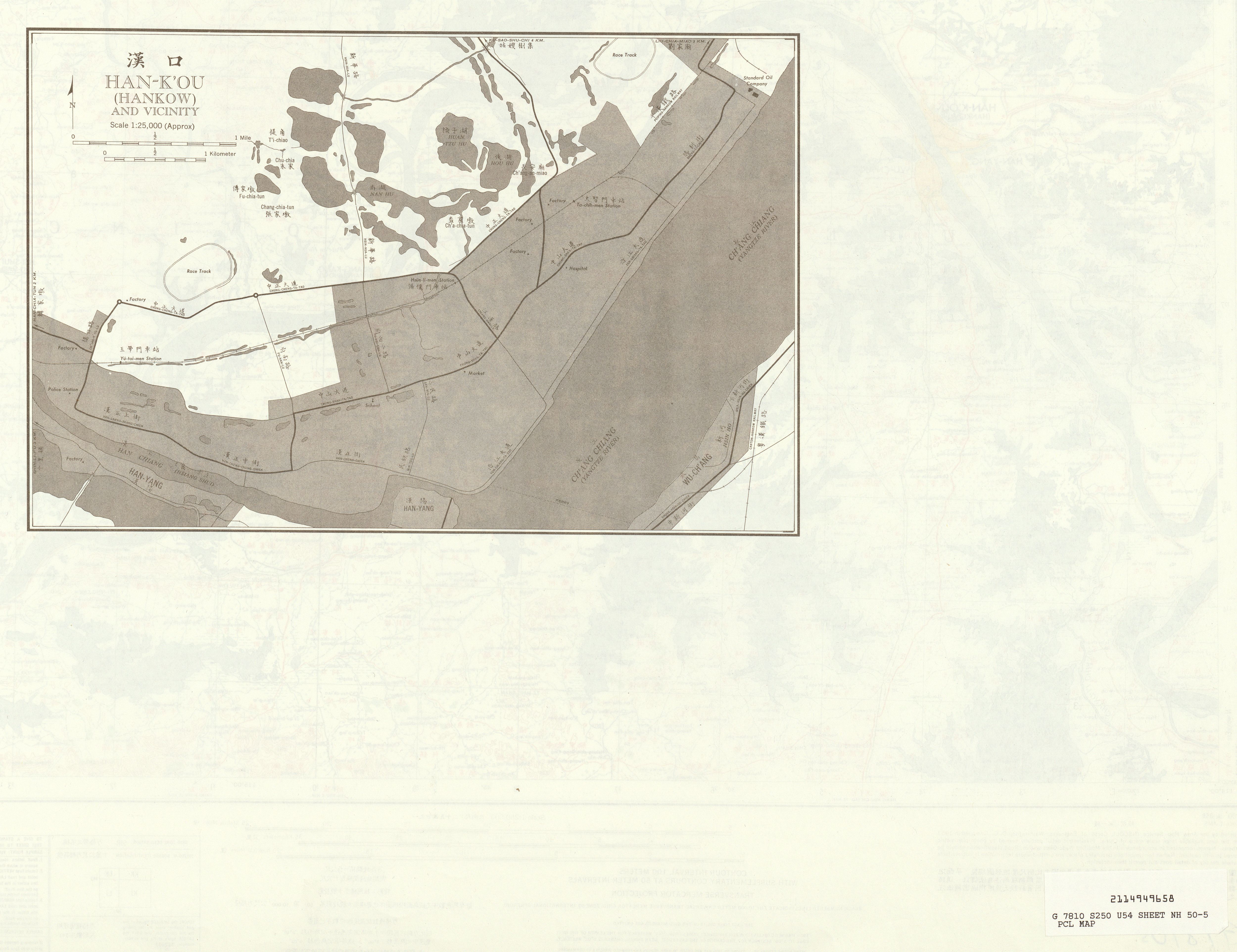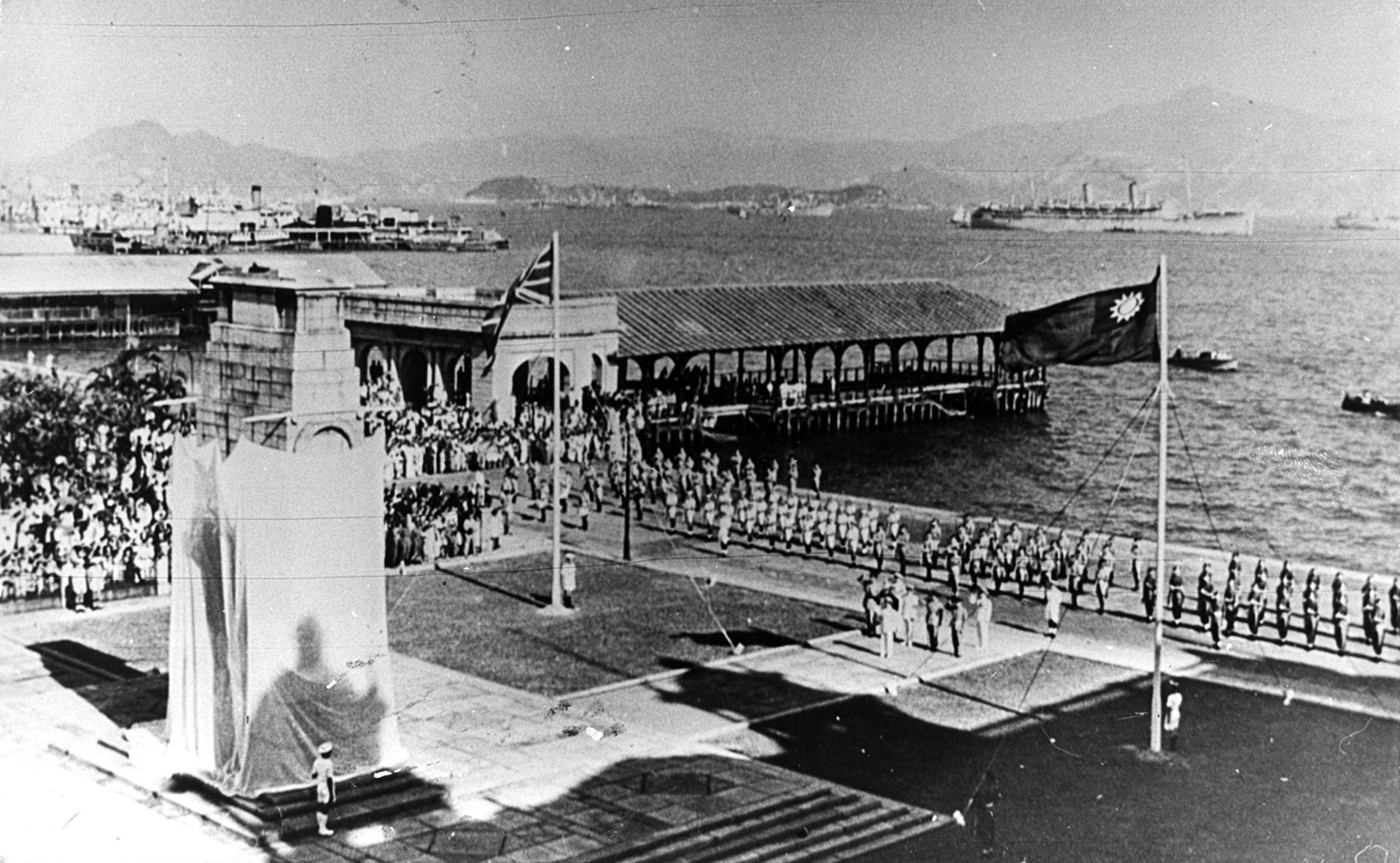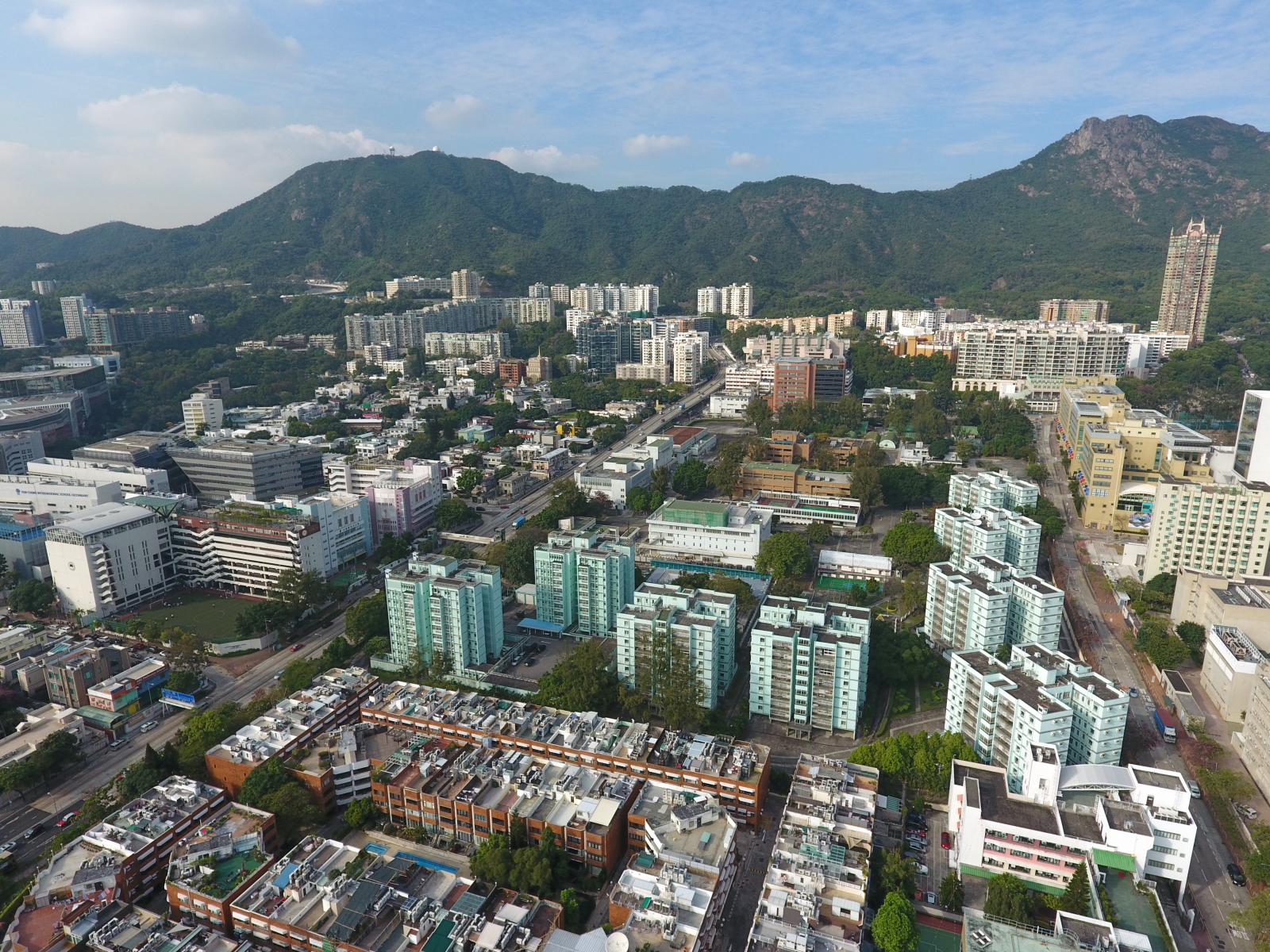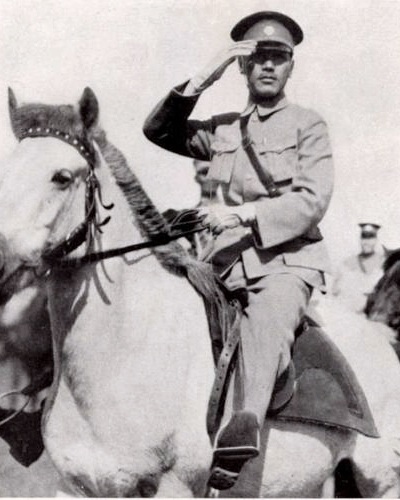|
Percy Chen
Percy Chen (; 1901–20 February 1989) was a Chinese Trinidadian lawyer of Hakka descent, as well as a journalist, businessman and political activist. Family and early life Chen was born in Belmont, Port-of-Spain, Trinidad, British West Indies, in 1901. He was the eldest son of Eugene Chen, the leader of the left wing faction in the Kuomintang (Chinese Nationalist Party) and the Foreign Minister of the Republic of China, and Agatha Alphosin Ganteaume (1878–1926), known as Aisy, daughter of a French Creole father who owned one of the largest estates in Trinidad. Chen was educated at University College School in London. He did his apprenticeship at the Middle Temple and called to the English Bar at the age of 21 in 1922 and practiced law for several years in Trinidad. In the fall of 1926 Chen joined his father at the Foreign Office of the Nationalist Government and felt he "had come home" although he didn't speak any Chinese. He followed the National Revolutionary Army to Hanko ... [...More Info...] [...Related Items...] OR: [Wikipedia] [Google] [Baidu] |
Belmont, Trinidad And Tobago
Belmont, in north-east Port of Spain, in the Republic of Trinidad and Tobago, is located at the foot of the Laventille Hills; it was the city's first suburb. In the 1840s–'50s, parts of the area were settled by Africans rescued by the Royal Navy from illegal slaving ships. In the 1880s–'90s, the population swelled rapidly, and the characteristic Belmont street pattern of narrow, winding lanes developed. The black professional class built large homes in Belmont, as they were excluded from the more expensive neighbourhoods such as St. Clair and Maraval; Belmont became known as "the Black St. Clair". Many of these large homes have been renovated and converted to business use, but some remain in family hands. Belmont currently is a lower-middle to middle-class residential neighbourhood. It was the birthplace and early home of many important Carnival designers and bandleaders. Belmont has 9,035 inhabitants. Buildings in Belmont One of the more recent renovations in Belmont which w ... [...More Info...] [...Related Items...] OR: [Wikipedia] [Google] [Baidu] |
Hankow
Hankou, alternately romanized as Hankow (), was one of the three towns (the other two were Wuchang and Hanyang) merged to become modern-day Wuhan city, the capital of the Hubei province, China. It stands north of the Han and Yangtze Rivers where the Han flows into the Yangtze. Hankou is connected by bridges to its triplet sister towns Hanyang (between Han and Yangtze) and Wuchang (on the south side of the Yangtze). Hankou is the main port of Hubei province and the single largest port in the middle reaches of Yangtze. History The city's name literally means " Mouth of the Han", from its position at the confluence of the Han with the Yangtze River. The name appears in a Tang Dynasty poem by Liu Changqing. Other historical names for the city include Xiakou (), Miankou (), and Lukou (). Hankou, from the Ming to late Qing, was under the administration of the local government in Hanyang, although it was already one of the four major national markets ( :zh:四大名镇) in Ming d ... [...More Info...] [...Related Items...] OR: [Wikipedia] [Google] [Baidu] |
Young Plan (Hong Kong)
The Young Plan was a constitutional reform proposal carried out in 1946 attempting to introduce representative democracy in Colonial Hong Kong. Named after the then Governor, Mark Young, it was the first major reform proposal to give Hong Kong inhabitants a greater share of managing their own affairs by widening the base of Hong Kong's political system through the creation of a new Municipal Council. The proposed Council was to consist of an elected majority based on a fairly wide franchise, with powers and autonomy over all urban services, education, social welfare, town planning and other functions. It even allowed for indirect election of two Unofficial Members of the Legislative Council (LegCo) by the new Council. Unofficial Members of the Legislative Council were opposed to the transfer of power to the new body and Young's successor, Governor Alexander Grantham who was opposed to the Young Plan, did not press this issue. Discussion dragged on but the continued oppositio ... [...More Info...] [...Related Items...] OR: [Wikipedia] [Google] [Baidu] |
Hong Kong Chinese Reform Association
The Hong Kong Chinese Reform Association () is a pro-Beijing political organisation established in 1949 in Hong Kong. It was one of the three pillars of the pro-Communist leftist camp throughout most of the time in Hong Kong under colonial rule (the others two being the Hong Kong Federation of Trade Unions and Chinese General Chamber of Commerce). History Founding It was first founded in May 1949 by a group of Chinese professionals and intellectuals in response to the then Governor Mark Aitchison Young's plan of constitutional reform. The founding members included barristers Mok Ying-kwai and Percy Chen, Chan Kwan-po, senior lecturer in the Department of Chinese of the University of Hong Kong, Wong San-yin, formerly a leactuer in pharmacology in the University of Hong Kong and doctor Wu Tat-biu. Wong San-yin was elected the association's founding chairman. Wong San-yin was appointed to the Chinese People's Political Consultative Conference (CPPCC) after the People's Republic ... [...More Info...] [...Related Items...] OR: [Wikipedia] [Google] [Baidu] |
Kowloon Tong
Kowloon Tong () is an area of Hong Kong located in Kowloon. The majority of the area is in the Kowloon City District. Its exaclocationis south of the Lion Rock, north of Boundary Street, east of the East Rail line and west of Grampian Road. It is one of the most expensive residential districts in Hong Kong. It is popular among Hong Kong's wealthy residents because of its schools and low-density private housing. Most of the buildings there do not exceed 10 floors. In addition, this area is noted for its love hotels and nursing homes. Within Kowloon West, it is administratively divided between Kowloon City District and Sham Shui Po District, bisected by the Kowloon–Canton Railway. History Kowloon Tong was originally a small village located in present-day Police Sport Association near Boundary Street, south of Woh Chai Hill. The area allowed cultivation based on rivers running down from Beacon Hill. At the time of the 1911 census, the population of Kowloon Tong was 185. In t ... [...More Info...] [...Related Items...] OR: [Wikipedia] [Google] [Baidu] |
Hong Kong Bar Association
The Hong Kong Bar Association (HKBA) is the professional regulatory body for barristers in Hong Kong. The Law Society of Hong Kong is the equivalent association for solicitors in Hong Kong. Victor Dawes SC is the current chairman of the Council of the HKBA. History According to its website, the Hong Kong Bar Association was founded in 1949. However, a newspaper advertisement from March 1948 records the foundation of the association on 12 March 1948 with Mr Eldon Potter KC being elected President, Mr H.D. Sheldon KC being elected chairman and Mr Percy Chen being elected Secretary Treasurer. The offices of the Association were located in the offices of Mr Chen in Prince's Building, Hong Kong. In September 2022, the HKBA opposed an attempt by Jimmy Lai to hire a lawyer from the UK, stating "the well established criteria for admitting overseas counsel on an ad hoc basis are not met." In October 2022, the High Court refuted the HKBA, and allowed Lai to hire a UK lawyer. In N ... [...More Info...] [...Related Items...] OR: [Wikipedia] [Google] [Baidu] |
Tientsin
Tianjin (; ; Mandarin: ), alternately romanized as Tientsin (), is a municipality and a coastal metropolis in Northern China on the shore of the Bohai Sea. It is one of the nine national central cities in Mainland China, with a total population of 13,866,009 inhabitants during the 2020 Chinese census. Its built-up (''or metro'') area, made up of 12 central districts (all but Baodi, Jizhou, Jinghai and Ninghe), was home to 11,165,706 inhabitants and is also the world's 29th-largest agglomeration (between Chengdu and Rio de Janeiro) and 11th- most populous city proper. It is governed as one of the four municipalities under the direct administration of Chinese central government and is thus under direct administration of the State Council. Tianjin borders Hebei Province and Beijing Municipality, bounded to the east by the Bohai Gulf portion of the Yellow Sea. Part of the Bohai Economic Rim, it is the largest coastal city in Northern China and part of the Jing-Jin-Ji megap ... [...More Info...] [...Related Items...] OR: [Wikipedia] [Google] [Baidu] |
Ta Kung Pao
''Ta Kung Pao'' (; formerly ''L'Impartial'') is the oldest active Chinese language newspaper in China. Founded in Tianjin in 1902, the paper is state-owned, controlled by the Liaison Office of the Central Government after the Chinese Civil War. It is widely regarded as a veteran pro-Beijing newspaper. In 2016, it merged with Hong Kong newspaper Wen Wei Po. History In the final years of the Qing dynasty, Ying Lianzhi, a Catholic Manchu aristocrat, founded the newspaper in Tianjin on 17 June 1902, in order to, "help China become a modern and democratic nation". The paper put forward the slogan ''Four-No-ism" (四不主義)'' in its early years, pledging to say "No" to all political parties, governments, commercial companies, and persons. It stood up to the repression at the time, openly criticising the Empress Dowager Cixi and reactionary leaders, and promoted democratic reforms, pioneering the use of written vernacular Chinese (''baihua''). Readership fell after the Xinhai Rev ... [...More Info...] [...Related Items...] OR: [Wikipedia] [Google] [Baidu] |
Commissariat Of Heavy Industry
The People's Commissariat of Heavy Industry (Narkomtiazhprom; russian: Народный комиссариат тяжёлой промышленности СССР) was a government ministry in the Soviet Union in 1930s. Brief overview The People's Commissariat of Heavy Industry, known by the acronym NKTP, was founded in 1932 out of the Supreme Soviet of the National Economy and was responsible for all heavy industrial goods, including mining, machinery and defense goods. The defense industry assets were separated in December 1936, with the creation of the People's Commissariat of the Defense Industry, and in August 1937 there was set up the People's Commissariat for Mechanical Engineering. In early 1939 the NKTP was divided into six separate commissariats. Succeeding commissariats * People's Commissariat of the Defense Industry * People's Commissariat for Mechanical Engineering * People's Commissariat of Fuel Industry * People's Commissariat of Ferrous Metallurgy * People's Comm ... [...More Info...] [...Related Items...] OR: [Wikipedia] [Google] [Baidu] |
General Motors Corporation
The General Motors Company (GM) is an American Multinational corporation, multinational Automotive industry, automotive manufacturing company headquartered in Detroit, Michigan, United States. It is the largest automaker in the United States and was the largest in the world for 77 years before losing the top spot to Toyota in 2008. General Motors operates manufacturing plants in eight countries. Its four core automobile brands are Chevrolet, Buick, GMC (automobile), GMC, and Cadillac. It also holds interests in Chinese brands Wuling Motors and Baojun as well as DMAX (engines), DMAX via joint ventures. Additionally, GM also owns the BrightDrop delivery vehicle manufacturer, GM Defense, a namesake Defense vehicles division which produces military vehicles for the United States government and military; the vehicle safety, security, and information services provider OnStar; the auto parts company ACDelco, a GM Financial, namesake financial lending service; and majority ownership in t ... [...More Info...] [...Related Items...] OR: [Wikipedia] [Google] [Baidu] |
Chinese Communist Party
The Chinese Communist Party (CCP), officially the Communist Party of China (CPC), is the founding and One-party state, sole ruling party of the China, People's Republic of China (PRC). Under the leadership of Mao Zedong, the CCP emerged victorious in the Chinese Civil War against the Kuomintang, and, in 1949, Mao Proclamation of the People's Republic of China, proclaimed the establishment of the People's Republic of China. Since then, the CCP has governed China with List of political parties in China, eight smaller parties within its United Front (China), United Front and has sole control over the People's Liberation Army (PLA). Each successive leader of the CCP has added their own theories to the Constitution of the Chinese Communist Party, party's constitution, which outlines the ideological beliefs of the party, collectively referred to as socialism with Chinese characteristics. As of 2022, the CCP has more than 96 million members, making it the List of largest political parties ... [...More Info...] [...Related Items...] OR: [Wikipedia] [Google] [Baidu] |
April 12 Incident
The Shanghai massacre of 12 April 1927, the April 12 Purge or the April 12 Incident as it is commonly known in China, was the violent suppression of Chinese Communist Party (CCP) organizations and leftist elements in Shanghai by forces supporting General Chiang Kai-shek and conservative factions in the Kuomintang (Chinese Nationalist Party or KMT). Following the incident, conservative KMT elements carried out a full-scale purge of Communists in all areas under their control, and violent suppression occurred in Guangzhou and Changsha. The purge led to an open split between left-wing and right-wing factions in the KMT, with Chiang Kai-shek establishing himself as the leader of the right-wing faction based in Nanjing, in opposition to the original left-wing KMT government based in Wuhan, which was led by Wang Jingwei. By 15 July 1927, the Wuhan regime had expelled the Communists in its ranks, effectively ending the First United Front, a working alliance of both the KMT and CCP under ... [...More Info...] [...Related Items...] OR: [Wikipedia] [Google] [Baidu] |







